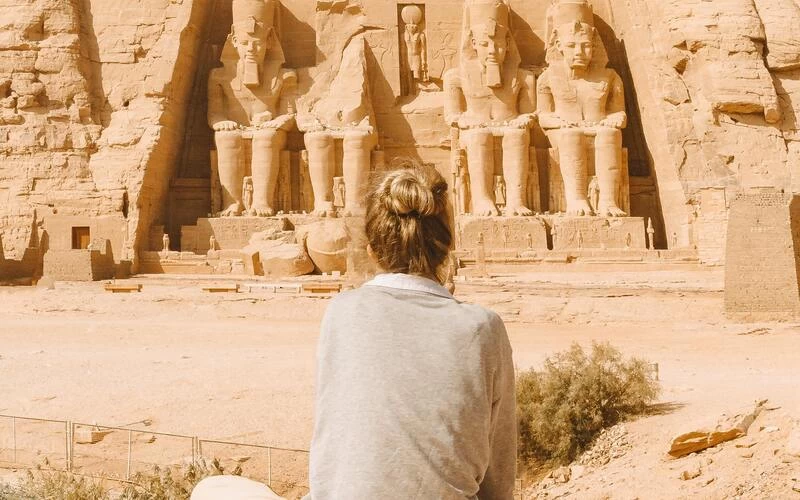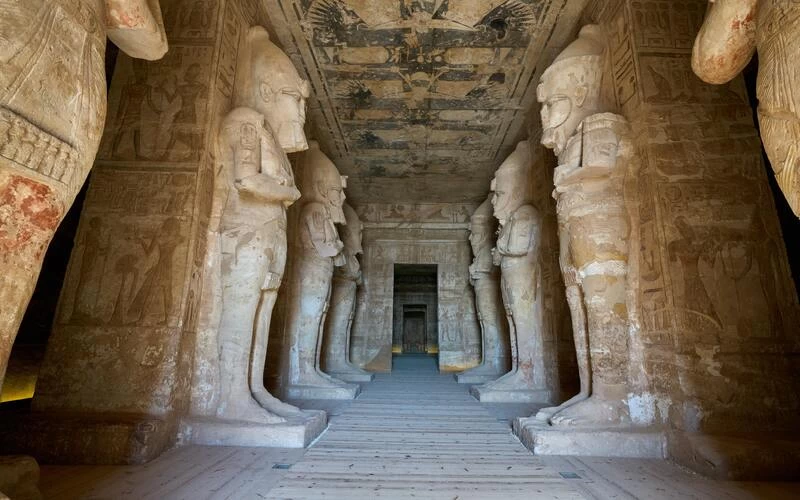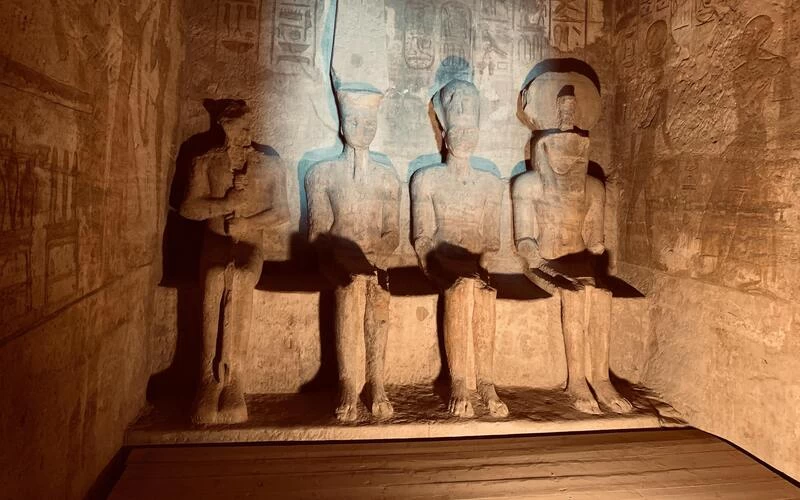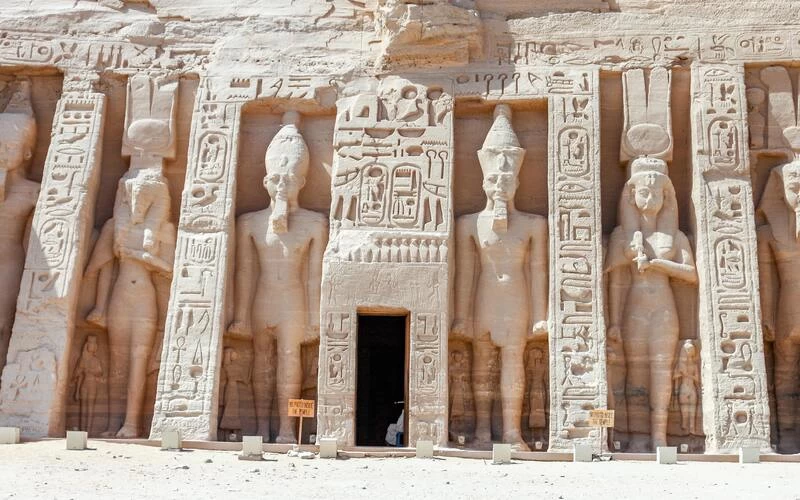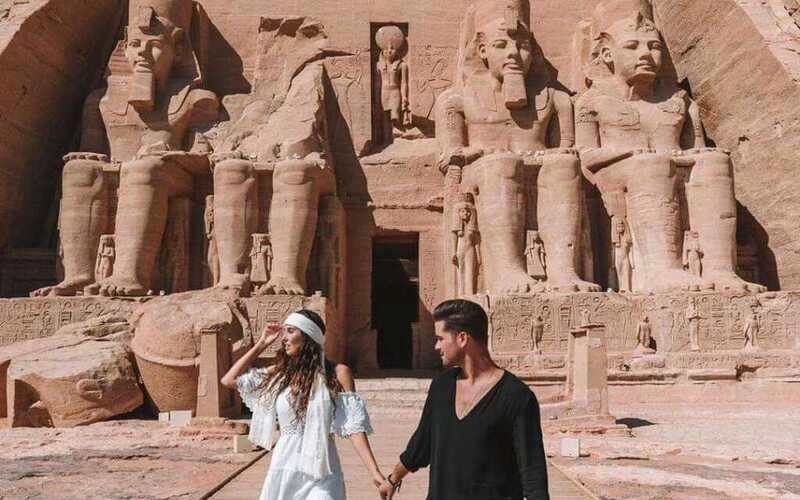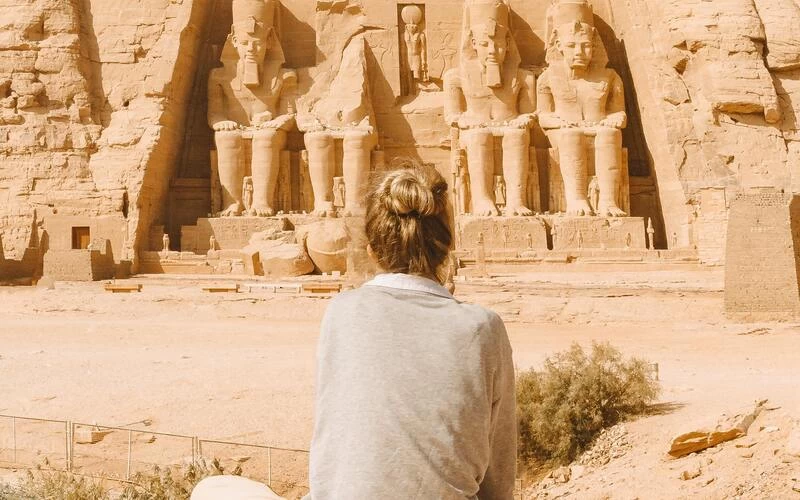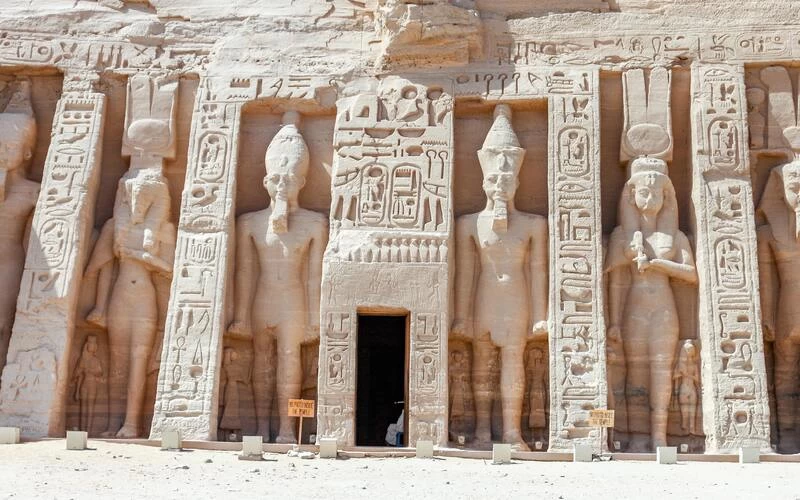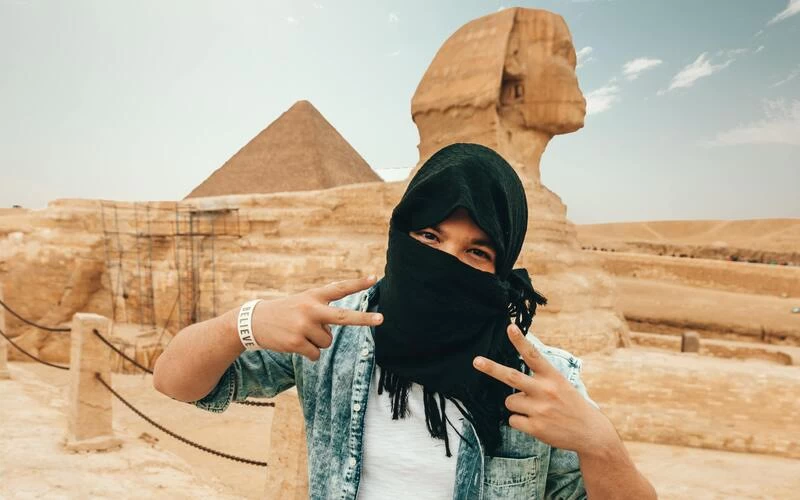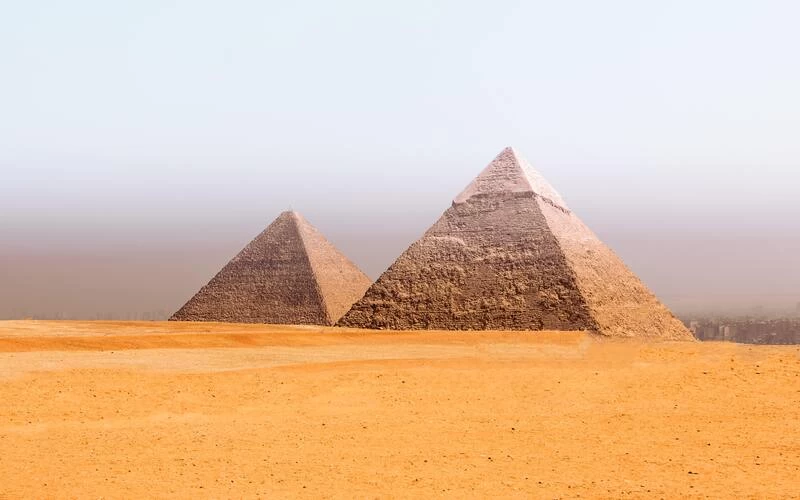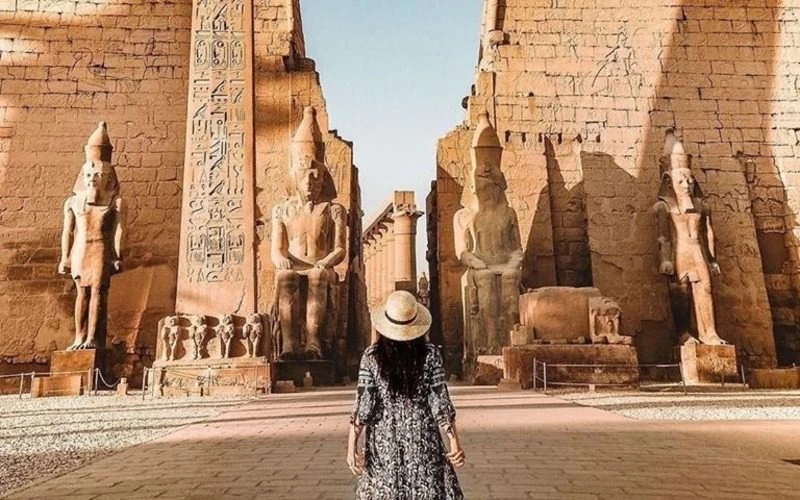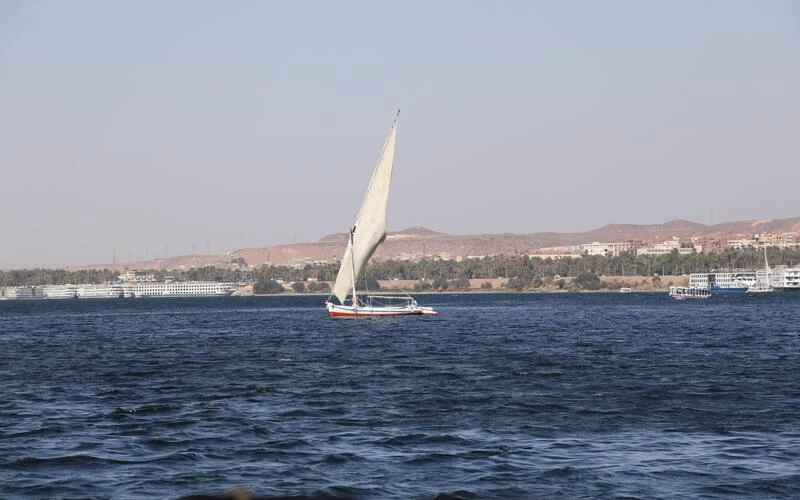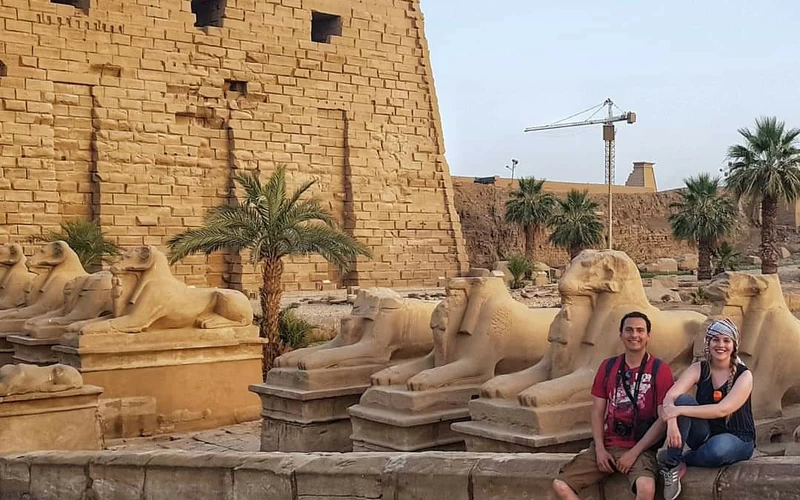Table of Content
History of Abu Simbel Temple
Abu Simbel Sun Festival
The Architecture of Abu Simbel Temples
The Relocation of Abu Simbel Temples
How do you get to Abu Simbel Temple in Aswan
What are the best days to visit Abu Simbel Temple in Aswan
Why do I book with Sun Pyramids Tours
Abu Simbel Temple
Cut into the mountainside of southern Egypt, the colossal Abu Simbel Temples are one of Egypt's most spectacular treasures. The Architecture of Abu Simbel Temples features four seated colossi of Ramesses II, the largest being 20 meters high, safeguarding the entrance. Renowned for their gigantic statues of the pharaoh, their original location was accurately recreated in the 1960s after being relocated higher due to the construction of the Aswan High Dam. 
History of Abu Simbel Temple
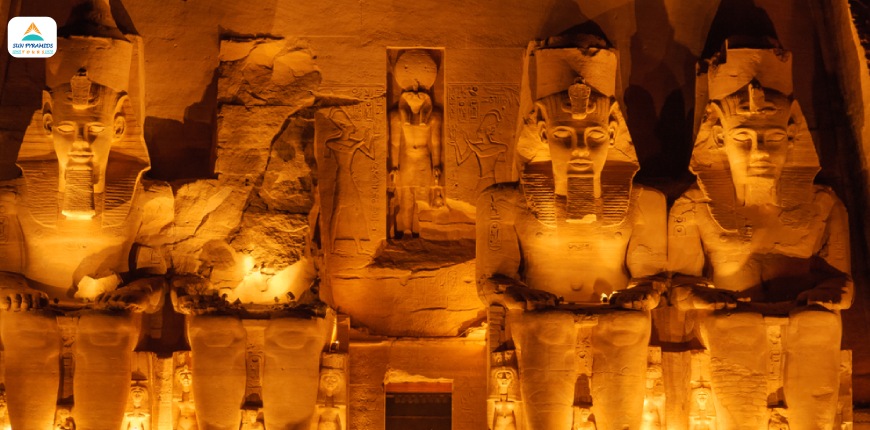 As the sands of time drifted, the once majestic temples faded into obscurity. The Great Temple, engulfed by a vast sand dune, receded from memory. By the 6th century BC, the sand concealed the temple's statues up to their knees, burying their grandeur and history of Abu Simbel Temple. Europeans remained oblivious to its existence until March 1813, when a Swiss researcher named Johann Ludwig Burckhardt stumbled upon the small temple and glimpsed the top frieze of the main temple.
As the sands of time drifted, the once majestic temples faded into obscurity. The Great Temple, engulfed by a vast sand dune, receded from memory. By the 6th century BC, the sand concealed the temple's statues up to their knees, burying their grandeur and history of Abu Simbel Temple. Europeans remained oblivious to its existence until March 1813, when a Swiss researcher named Johann Ludwig Burckhardt stumbled upon the small temple and glimpsed the top frieze of the main temple.
Where is the Abu Simbel Temple Located?
The Abu Simbel temple stands in the village of Abu Simbel in the Aswan Governorate of Upper Egypt, close to the Sudanese border. Abu Simbel Temple Location rests on the western bank of Lake Nasser, roughly 230 km (140 mi) southwest of Aswan (about 300 km (190 mi) by road).
which pharaoh was ordered to build the Abu Simbel Temples in Aswan?
Commissioned by Pharaoh Ramesses II in the 13th century BC, they were dedicated to the ancient Egyptian gods Ptah, Amun, and himself as a form of sun deity. 
Abu Simbel Sun Festival
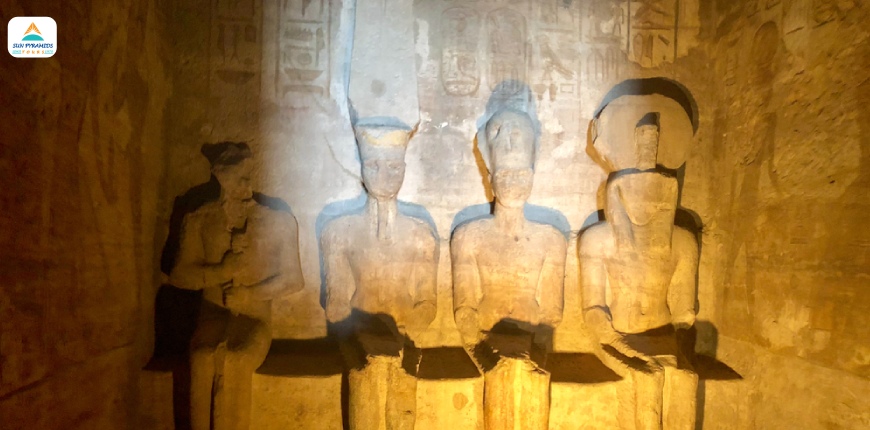 The sun illuminates Abu Simbel's Temple with an outstanding solar alignment during the equinoxes, so that on February 22 and October 22 each year (Abu Simbel Sun Festival), the rising sun's rays penetrated the inner sanctuaries and illuminated three statues on the back wall, an impressive sight. As both architectural wonders and monuments to power, the Abu Simbel Temples represent the heights of New Kingdom artistic achievement and royal vanity, continuing to inspire millions of visitors today.
The sun illuminates Abu Simbel's Temple with an outstanding solar alignment during the equinoxes, so that on February 22 and October 22 each year (Abu Simbel Sun Festival), the rising sun's rays penetrated the inner sanctuaries and illuminated three statues on the back wall, an impressive sight. As both architectural wonders and monuments to power, the Abu Simbel Temples represent the heights of New Kingdom artistic achievement and royal vanity, continuing to inspire millions of visitors today. 
The Architecture of Abu Simbel Temples
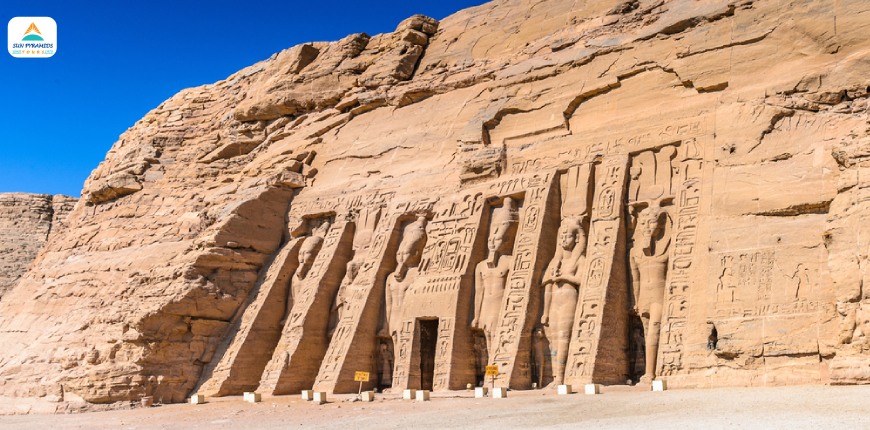 The temple's design is an amazing showcase of the grandeur of ancient Egyptian civilization. This impressive structure stands 30 meters tall and stretches 35 meters in length. As you enter, you'll be greeted by four colossal statues portraying Ramses the Great seated on a throne, towering at 20 meters (65 feet). Below these imposing figures, smaller statues illustrate Ramses defeating enemies, honoring and protecting gods and family. Upon entering, you'll find an image of Ramesses II seated on a throne, wearing the double crown of Upper and Lower Egypt. Inside, three consecutive halls span a remarkable 56 meters (185 feet). The hypostyle hall, boasting a width of 16.7 meters and a height of 18 meters, is supported by eight massive Osiris pillars, symbolizing Ramses as the ruler of the underworld Osiris and emphasizing the pharaoh's eternal nature. In the central chamber, you'll discover statues representing various gods, adorned with depictions of the pharaoh, scenes from his victory at the Battle of Kadesh in 1274 BC (marking the first recorded peace treaty in history), and more. On the façade, a row of 22 baboons with raised arms worships the rising sun. The inner sanctuary houses the four seated gods of Ramses II—Ptah (God of creation), Amun (The Creator God), and Ra (Sun God)—playing a central role in the sun festival. Not far from the great temple, the Nefertari temple, a charming architectural masterpiece, sits 100 meters northeast. Decorated with two groups of colossi separated by a large gateway, it features two statues of the queen and six statues of her husband, King Ramses II, standing at 10.5 meters (35 feet). These statues pay homage to "Hathor," the goddess of love, allure, and joy, the sky falcon Horus, and Maat, the goddess of Justice, among others.
The temple's design is an amazing showcase of the grandeur of ancient Egyptian civilization. This impressive structure stands 30 meters tall and stretches 35 meters in length. As you enter, you'll be greeted by four colossal statues portraying Ramses the Great seated on a throne, towering at 20 meters (65 feet). Below these imposing figures, smaller statues illustrate Ramses defeating enemies, honoring and protecting gods and family. Upon entering, you'll find an image of Ramesses II seated on a throne, wearing the double crown of Upper and Lower Egypt. Inside, three consecutive halls span a remarkable 56 meters (185 feet). The hypostyle hall, boasting a width of 16.7 meters and a height of 18 meters, is supported by eight massive Osiris pillars, symbolizing Ramses as the ruler of the underworld Osiris and emphasizing the pharaoh's eternal nature. In the central chamber, you'll discover statues representing various gods, adorned with depictions of the pharaoh, scenes from his victory at the Battle of Kadesh in 1274 BC (marking the first recorded peace treaty in history), and more. On the façade, a row of 22 baboons with raised arms worships the rising sun. The inner sanctuary houses the four seated gods of Ramses II—Ptah (God of creation), Amun (The Creator God), and Ra (Sun God)—playing a central role in the sun festival. Not far from the great temple, the Nefertari temple, a charming architectural masterpiece, sits 100 meters northeast. Decorated with two groups of colossi separated by a large gateway, it features two statues of the queen and six statues of her husband, King Ramses II, standing at 10.5 meters (35 feet). These statues pay homage to "Hathor," the goddess of love, allure, and joy, the sky falcon Horus, and Maat, the goddess of Justice, among others.
The Love-Infused Wonders of Abu Simbel’s Small Temple:
The enchanting Small Temple of Abu Simbel, a monument to love and devotion, is nestled just 100 meters northeast of the grand temple of Ramesses II. This sacred site honors the divine goddess Hathor and the esteemed queen Nefertari, Ramesses II’s beloved consort. Remarkably, it stands as only the second instance in the storied annals of ancient Egypt where a temple is consecrated to a queen, echoing the earlier tribute by Akhenaten to his cherished royal wife, Nefertiti. As you approach, be captivated by the temple’s rock-hewn facade, graced by two majestic groups of colossal statues, divided by a grand entranceway. Towering over 10 meters tall, these impressive effigies depict the regal couple—Ramesses II and Nefertari. Flanking the gateway, witness the dual representations of the pharaoh: to the south, adorned with the pure white crown of Upper Egypt, and to the north, with the illustrious double crown, both complemented by the elegant figures of the queen. Burckhardt shared his astounding find with Italian explorer Giovanni Belzoni, who ventured to the site but struggled to unearth an entryway into the temple. Undeterred from revealing the history of Abu Simbel Temple, Belzoni returned in 1817 and triumphantly achieved access to the enigmatic complex. A vivid account of the temples, accompanied by contemporary line drawings, can be found in Edward William Lane's Description of Egypt (1825–1828). The tale of Abu Simbel is one of loss and rediscovery, where time's relentless march shrouded ancient marvels in oblivion. Yet, through the tenacity of explorers and the pages of historical accounts, the splendor of these temples was resurrected, allowing us to peer into the secrets of a bygone era. 
The Relocation of Abu Simbel Temples
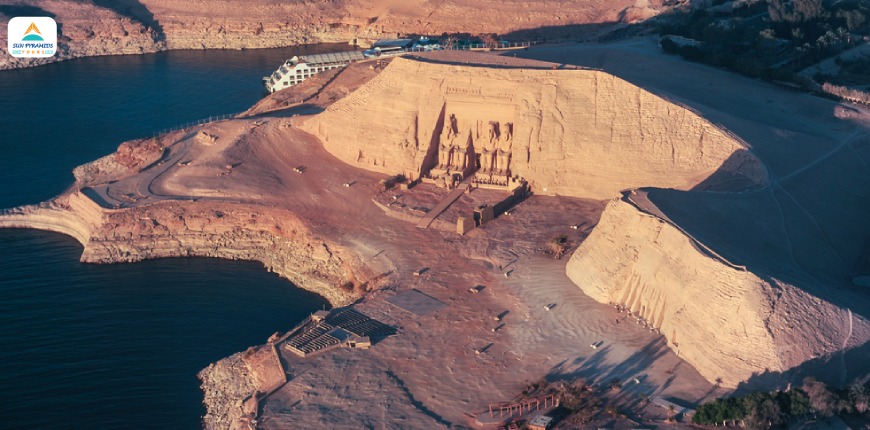
Why Was Abu Simbel Temple in Aswan Relocated in The 1960s?
The Relocation of Abu Simbel Temples In 1959, was an urgent mission that unfolded as the rising waters of the Nile threatened the ancient relics of Nubia. The Aswan High Dam's construction posed a grave danger to this southernmost remnant of a glorious civilization. A global campaign supported by UNESCO mobilized to rescue the history of Abu Simbel Temple. In 1964, a daring team of archaeologists, engineers, and skilled operators embarked on an unprecedented endeavor. With a budget of $40 million (equivalent to $377.42 million today), they set out to salvage the magnificent Abu Simbel temples. Over four arduous years, an extraordinary feat unfolded. Piece by colossal piece, some weighing up to 30 tons (averaging 20 tons), the temples were meticulously cut, dismantled, and raised to safety. This audacious undertaking pushed the boundaries of archaeology, showcasing the ingenuity of the human spirit.
Where Did They Move Abu Simbel Temple From?
The Relocation of Abu Simbel Temples and The new site, carefully chosen 65 meters higher and 200 meters back from the river, became a sanctuary for these ancient wonders. Defying the relentless flow of the Nile, the Abu Simbel temples proudly stood in their new home. The rescue of Abu Simbel exemplifies the unwavering commitment to preserving our shared human heritage. It is a testament to the dedication of those who refused to let the history of Abu Simbel Temple be lost to time. This remarkable achievement ensures that future generations can continue to marvel at the splendor of a bygone era. 
How do you get to Abu Simbel Temple in Aswan?
If you're interested in visiting the Abu Simbel Temple Location, you have two options: take a day trip from Aswan or see during a flight between Cairo and Aswan. There are three ways to reach Abu Simbel: roundtrip flight from Aswan, land from Aswan, or between Cairo and Aswan. Please let me know if you require additional help; I hope this information has been helpful. 
What are the best days to visit Abu Simbel Temple in Aswan?
The best months to visit Abu Simbel are January, February, and December when the weather is mildly warm and pleasantly cool. February 22 is the Abu Simbel Sun Festival, attracting thousands of tourists, so be prepared for large crowds. Make reservations several months in advance since these months are the busiest season for tourism, with higher prices for hotels and airfare. 
Why do I book with Sun Pyramids Tours?
- Expertise and Experience: Sun Pyramids Tours has a wealth of 53 years of experience in the travel and tourism industry.
- Customized Itineraries: Sun Pyramids Tours offers tailored itineraries to suit your preferences. Whether you're interested in historical sites, cultural immersion, or adventure activities, we can design a tour that matches your interests.
- Local Connections and Insider Access: Sun Pyramids Tours can provide you with unique opportunities and insider access to attractions and experiences that may not be easily accessible to independent travelers.
- Hassle-Free Planning: Sun Pyramids Tours can take the stress out of planning your trip. We handle all the logistics, including accommodations, transportation, and guided tours, at competitive prices… Relax and enjoy your vacation without worrying about the details.
- Customer Satisfaction: Sun Pyramids Tours prides itself on providing excellent customer service and ensuring customer satisfaction. They strive to meet and exceed your expectations, making your trip enjoyable and memorable. Add trip advisor reviews, Facebook page reviews, etc.
- Safety and Security: Sun Pyramids Tours prioritizes the safety and security of their guests. We work with trusted partners, adhere to safety guidelines, and provide support throughout your journey to ensure a safe and comfortable travel experience.
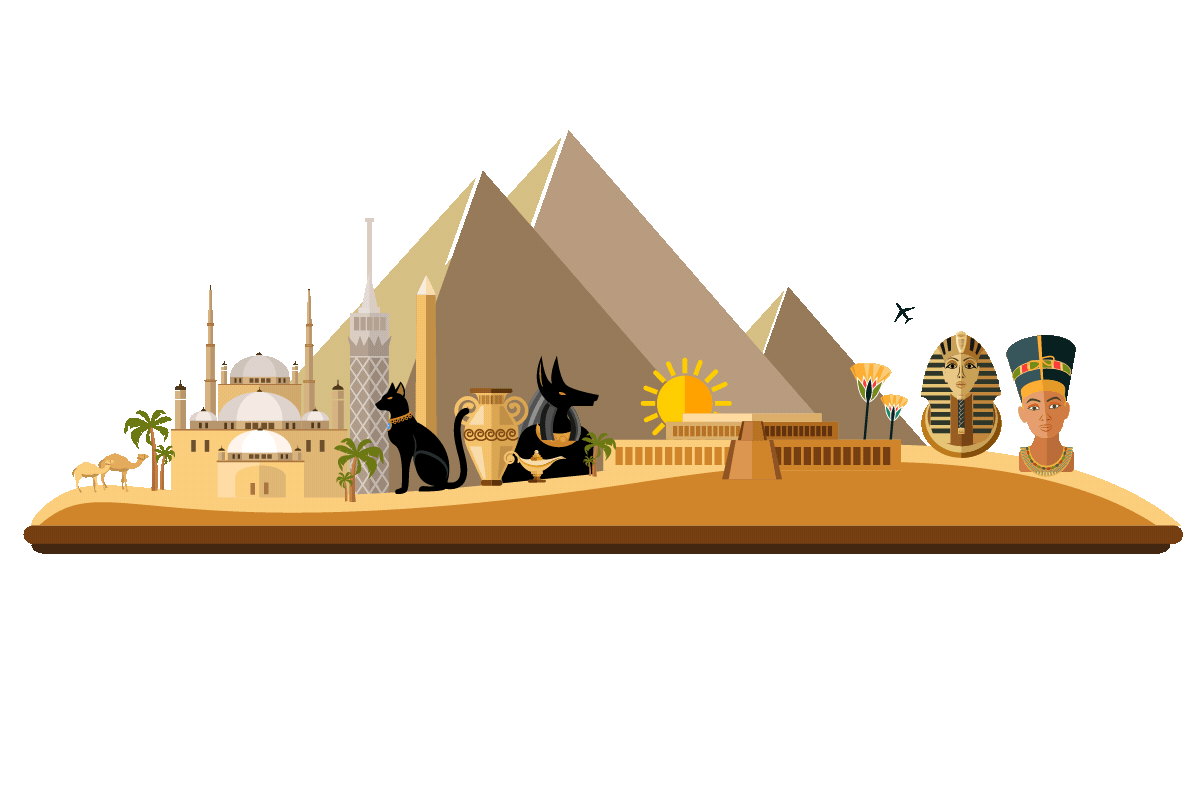
.DvizhAGb.gif)
Plan your next adventure now
Related Tours
Frequently Asked Questions
See more

There are no frequently asked questions :)
Related Blogs
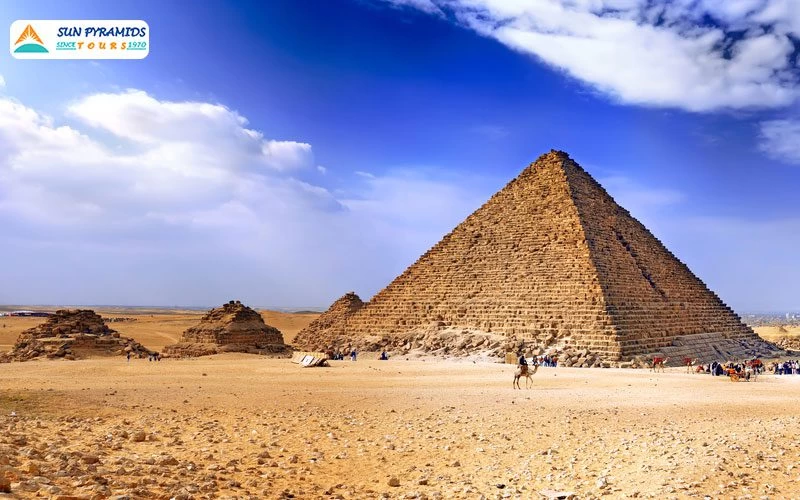
Plan A Trip to Egypt
+1 more
Ultimate Guide: How To Plan A Trip To Egypt
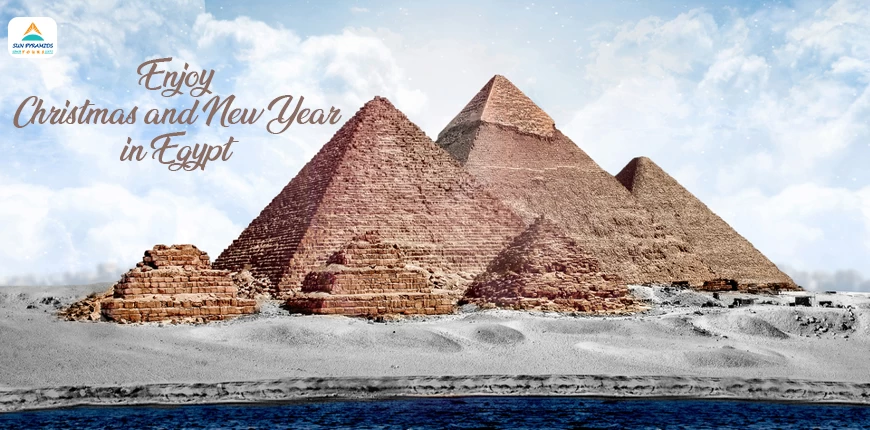
Christmas and New Year in Egypt
+1 more
Christmas and New Year in Egypt

Egypt Hidden Gems
+1 more
Egypt Hidden Gems

Ben Ezra Synagogue
+1 more
Ben Ezra Synagogue
Need help to Finding your Trip?
Offers
Make Trip
trips
Home
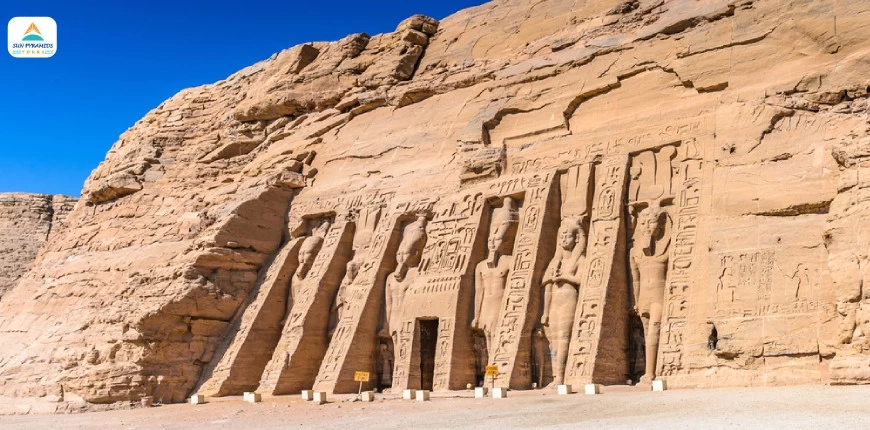
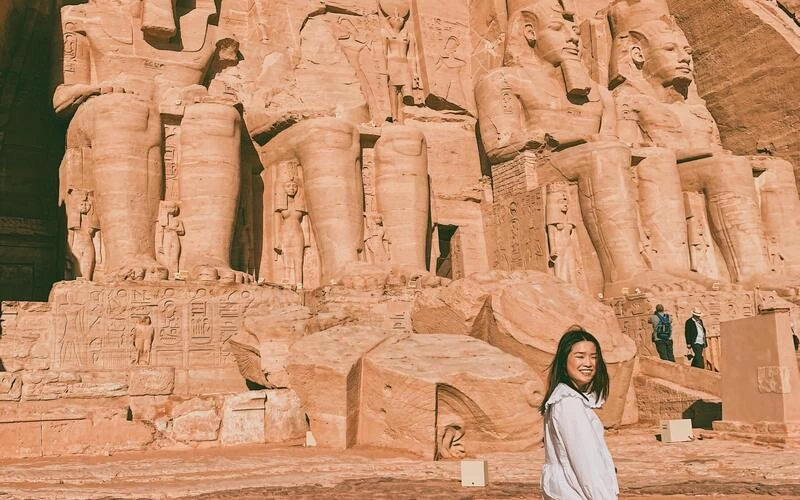
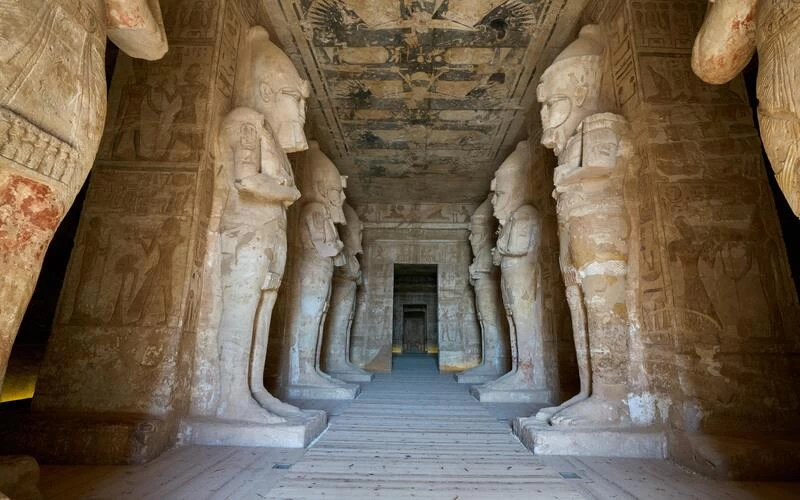
.webp)
.webp)
.webp)
.webp)
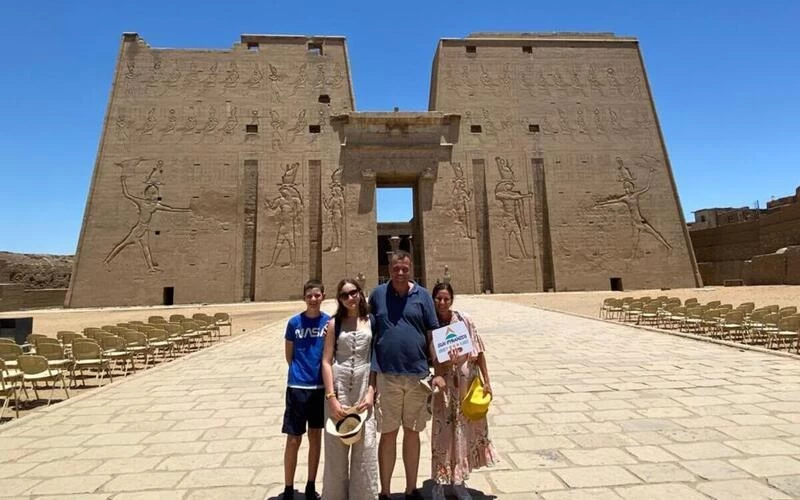
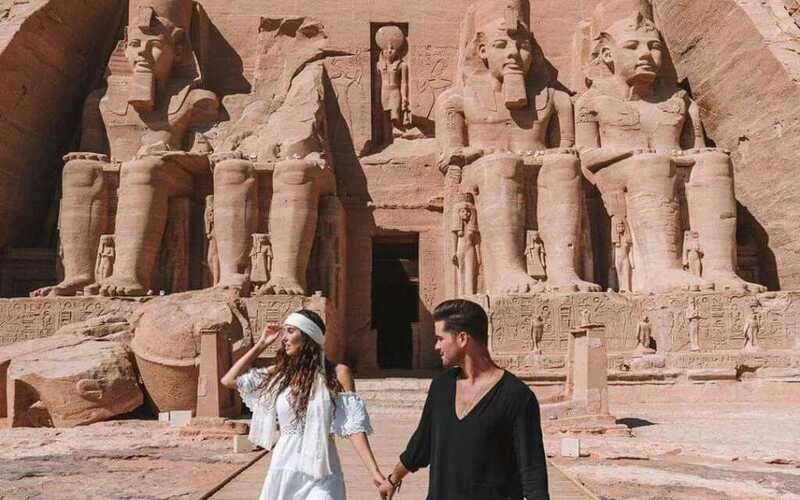
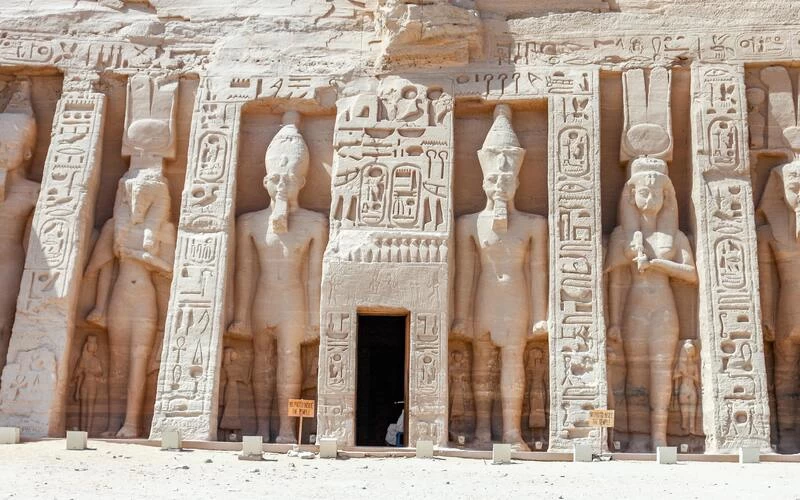
.webp)
.webp)
.webp)
